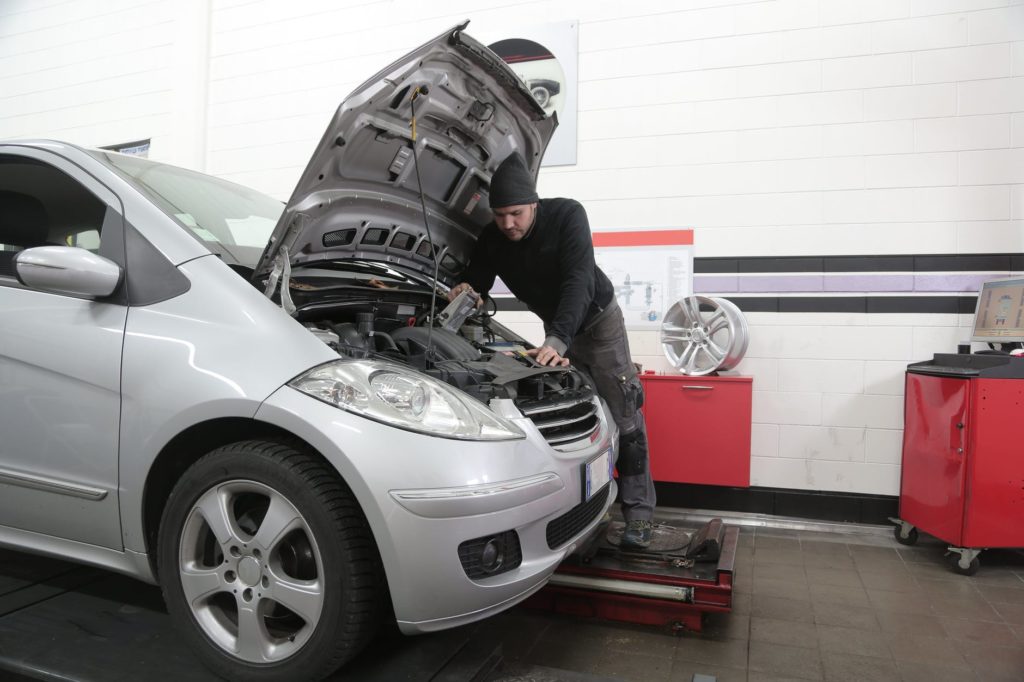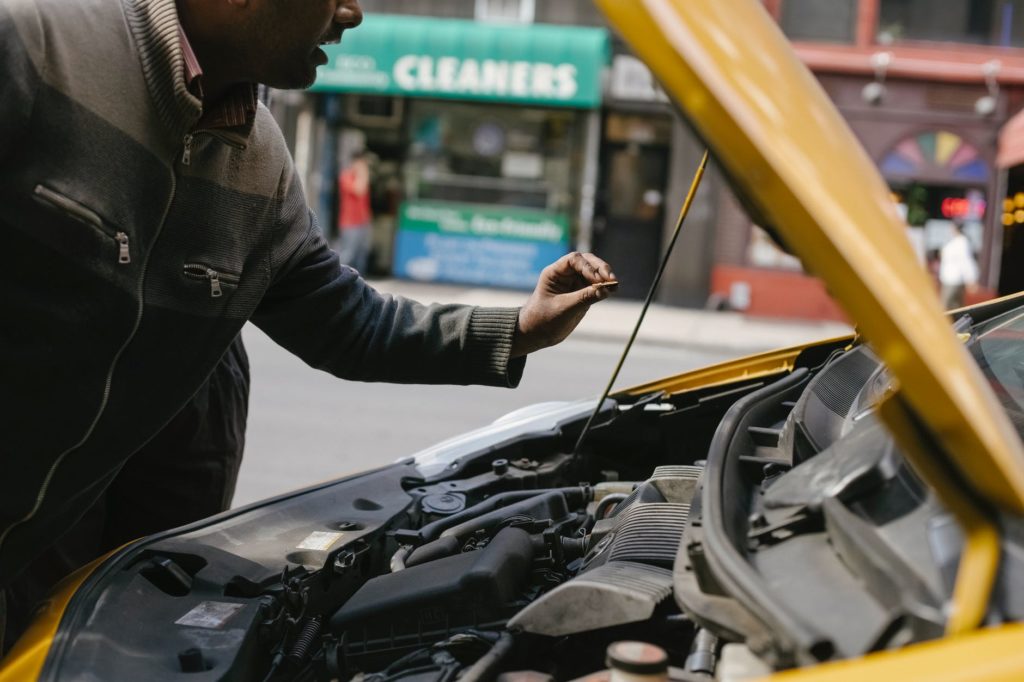It’s that time of year again. The temperature is dropping and winter seems just around the corner – if not creeping in already. Colder weather is notoriously associated with more accidents on the roads. In fact, drivers are 20% more likely to be in a car accident during the winter than in the summer months. The combination of shorter days and icy roads can be disastrous, but even the strong glare of winter sun can cause problems; all in all there’s a lot to watch out for.
So how can you avoid falling into this category? Well, it’s important to be prepared – even more so for new drivers. There are a number of steps you can take to help stay safe on the roads this winter, or at the very least they’ll help mitigate the issues should disaster strike. And if you’re due a service, it’s definitely advisable to get it done before the cold weather sets in. More about this topic you can find here.
Check the battery

Source: pexels.com
Your car battery takes a big hit during the winter as the cold weather depletes the performance and extra usage of lights and heaters increases usage. So if you think there’s any chance your battery may be coming to the end of its life then consider getting it checked before you run into any trouble.
Have a de-icer and scraper to hand
Consider a de-icer and scraper as the bare minimum winter kit needed in your car on any journey no matter the distance. And most importantly, factor in time to use them on frosty mornings before you set off.
Top up your Antifreeze

Source: pexels.com
Unsurprisingly, antifreeze is particularly crucial in the winter months. And over time it does get diluted. So make sure you are hitting the right balance of 50% water and 50% antifreeze by keeping the antifreeze well topped up.
Check the breaks
Breaks are of course important all year round, but never more so than in the winter as the surfaces become more dangerous to drive on. When breaking in ice, the stopping distance needed can be as much as ten times further than on ice-free roads.
Tread depth matters

Source: pexels.com
Checking the tread depth of tyres is often low on many peoples agenda. But during the rainy months it really ought to be taking priority. The legal minimum requirement for tread depth is 1.6mm.
However, it’s advisable not to get quite this low for optimum safety when driving in bad conditions. The extra grip offered by an increased tread depth really could save your life. And if conditions are particularly bad, then do consider changing to winter tyres.
The extras
Everything covered so far should be the minimum you do to drive safely in the winter. However, if you’re off on a road trip or heading into particularly cold climates, definitely consider taking extra precautions such as carrying a winter safety kit with you. This should include a hi-vis vest, tow rope, a torch, and snow chains. If it’s likely to be a really long trip into the countryside, then it’s also worth thinking about extra food and warm layers to keep you going in case you do find yourself stranded.
Afterall, you get your wardrobe ready for winter, so don’t forget to do the same for your car.




